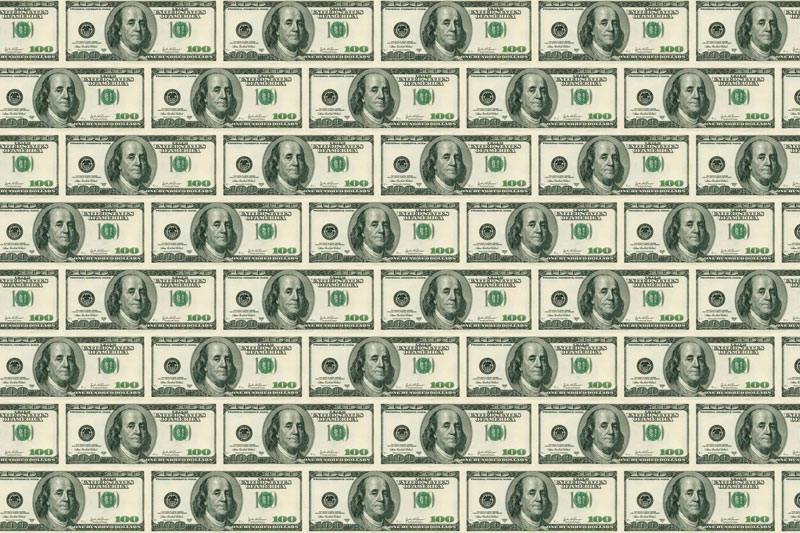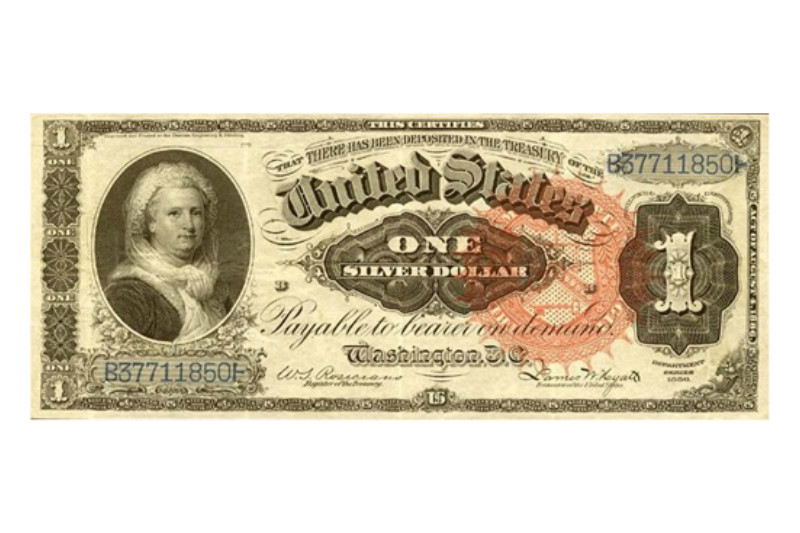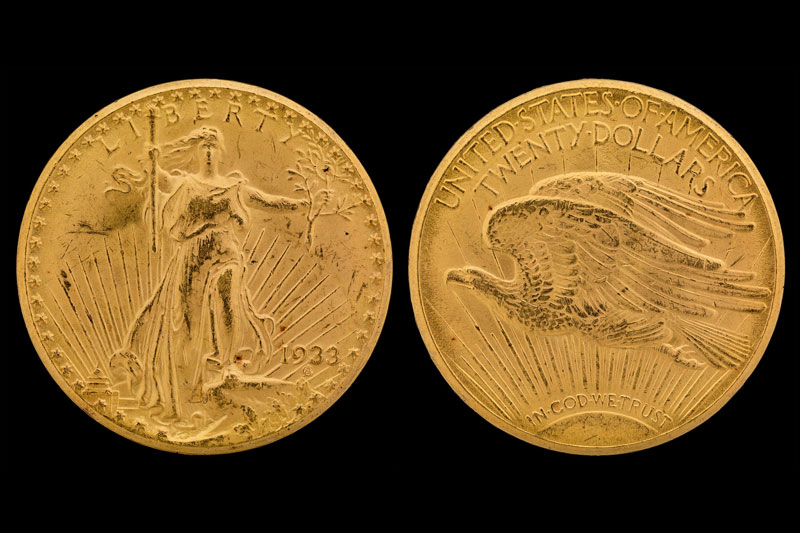There are a lot of people who believe that money is a bad thing or the root of all evil. I am here to tell you that nothing could be further from the truth. Money has been part of human existence for a long time, but there are a lot of little known facts that are both interesting and fun to learn about. In the United States, the history of cash can be dated back to the late 1600’s when the U.S. was still under British control.
Here are some interesting facts you may not know about money

Early History of Money in the United States
The U.S. Mint, which answers to the Department of Treasury, was not part of that Department until the late 1800’s. Before it became part the department, moneymakers had to report to the President.
How Money Looks and Why
The bills used in the United States have always been green, and there are several reasons for this. Most obviously, the bills are green because the green colored ink was the easiest to obtain back when money bills first began being printed. We know that copper forms the penny, but in reality all the coins are made of at least two metals. The phrases we see on money coins were not originally found on the penny, nickel, dime, and quarter. Abraham Lincoln became the first person to appear on a coin in the nation’s history.
In the history of American money, only one woman has ever been put on a bill and that honor belongs to Mrs. Martha Washington.

Money Today
The bills we use today weigh about one gram each, and if you ever got your hands on one million, one-dollar bills, you could make a stack of them that would reach over three hundred and fifty feet.
Fake Money
Counterfeiting has existed almost as long as the use of printed money has. Many people try to fake the system by producing fake money that they try to use in place of real money. Most places of business have a pen or marker that can be used to identify to determine whether or not a bill is fake. Vending machines even have a detection system that can tell whether or not the money inserted in the machine is fake by reading the magnetic ink on the bill.
Illegal Money
Did you know that there is illegal to own some coins? These include the famous 1933 $20 Double Eagle (with exception to one specimen that was allowed), and the 1974 aluminum cent.
1933 $20 Gold

April of 1933 marked the end for the gold standard in the United States. Thus, after 1933 there would be no more gold coinage produced for circulation. Although nearly half a million were minted, they were never officially released for circulation, and the mint has deemed them illegal to own. There is, as mentioned, one that exists in private hands, and sold for about $7.5 million at auction (in 2002). The other ones are owned by the government, and I believe some have been leased to the Smithsonian.
1974 1c (Aluminum)

In 1973 copper prices were going up, and the Mint decided to look for other options for cents. Aluminum was decided on, and there were in fact nearly 1.6 million minted in aluminum for anticipation of their release the following year (thus dated 1974). They were handed out to members of congress and their staff (similar to pattern pieces, although, typically there are only enough for congress members when a pattern piece is created). Eventually the entire mintage was destroyed (as the proposition was rejected), except it appears as though some had escaped, either they were lost or purposefully not returned. Much like the 1933 $20 Gold, if it’s found that you own one of these they can be subject to seizure by the government.
Few More Fun Facts about Money
- The blue ribbon woven through the new hundred dollar bill contains thousands of microlenses that make the Liberty Bell appear to dance.
- A penny costs 2.4 cents to manufacture.
- Pennies buried in a garden will repel slugs, which take electrical shocks from touching copper and zinc.
- Keeping this in mind, to keep a one dollar note circulating for 50 years will cost $1.50 (2 year average, 25 notes printed, at a cost of $0.06). Keeping a one dollar coin in circulation for 50 years will only cost $0.32. (25 year average, 2 coins minted, at a cost of $0.16).
- It wasn’t too long ago that the United States was printing notes that were higher than $100, a lot higher. The $100,000 note, it was only used between Federal Bank transfers. In fact, instead of saying “payable to the bearer on demand” it says “payable to the bearer on demand as authorized by law”, and was only printed from December 1934 – January 1935!
- Pablo Escobar had so much extra money lying around that he wasted an astounding $2.1 billion to rats.
- U.S. paper money is not paper. It’s cloth. In Ben Franklin’s day, people restored ripped bills with a needle and thread.
- The word “buck” is usually used to call money. Before paper money, people traded deer and elk skins (bucks) for services and goods.
- Shopping was more fun in 1900 when women could purchase a pair of shoes for just $1.
Money is not evil by itself
Money can do so much good when it is put in the hands of the right people. We need money to pay our bills, to buy that new house we want to live in. Money can help save a child’s life or give someone a sense of hope. We can feed starving children or save some poor abused animal’s life with money. Anyway, you get the picture. One of the biggest facts about money is that it is a wonderful thing to have and to give away when you can afford to help someone else.
In other words, money is not a bad thing, but the love of money itself can be a bad thing. It is how you perceive money that makes the difference.
Jonathan Swift
A wise person should have money in their head, but not in their heart.


